1/10,000th Of A Second Precision At The Tour de France 2022 with Tissot
Behind the scenes of the world's most famous cycling race

Pain, passion, glory… The Tour de France is widely considered the most prestigious and most difficult cycling race. 3,350 kilometres are being raced in 2022, split up over 21 days of racing. Every detail counts in this challenging competition between 176 riders, and, against time. Cycling fans all remember the 1989 Greg LeMond victory over Laurent Fignon, by just 8 seconds, the smallest ever in the history of the Tour de France: timekeeping is essential to the dream of racing cyclists. Tissot has been involved in a range of cycling events for over 50 years and, as the official timekeeper of the Tour de France, the brand plays an essential role in the captivating narrative that unfolds every summer. We were lucky enough to be invited for a formidable weekend in Lausanne, to go behind-the-scenes of timekeeping at the Tour de France 2022.
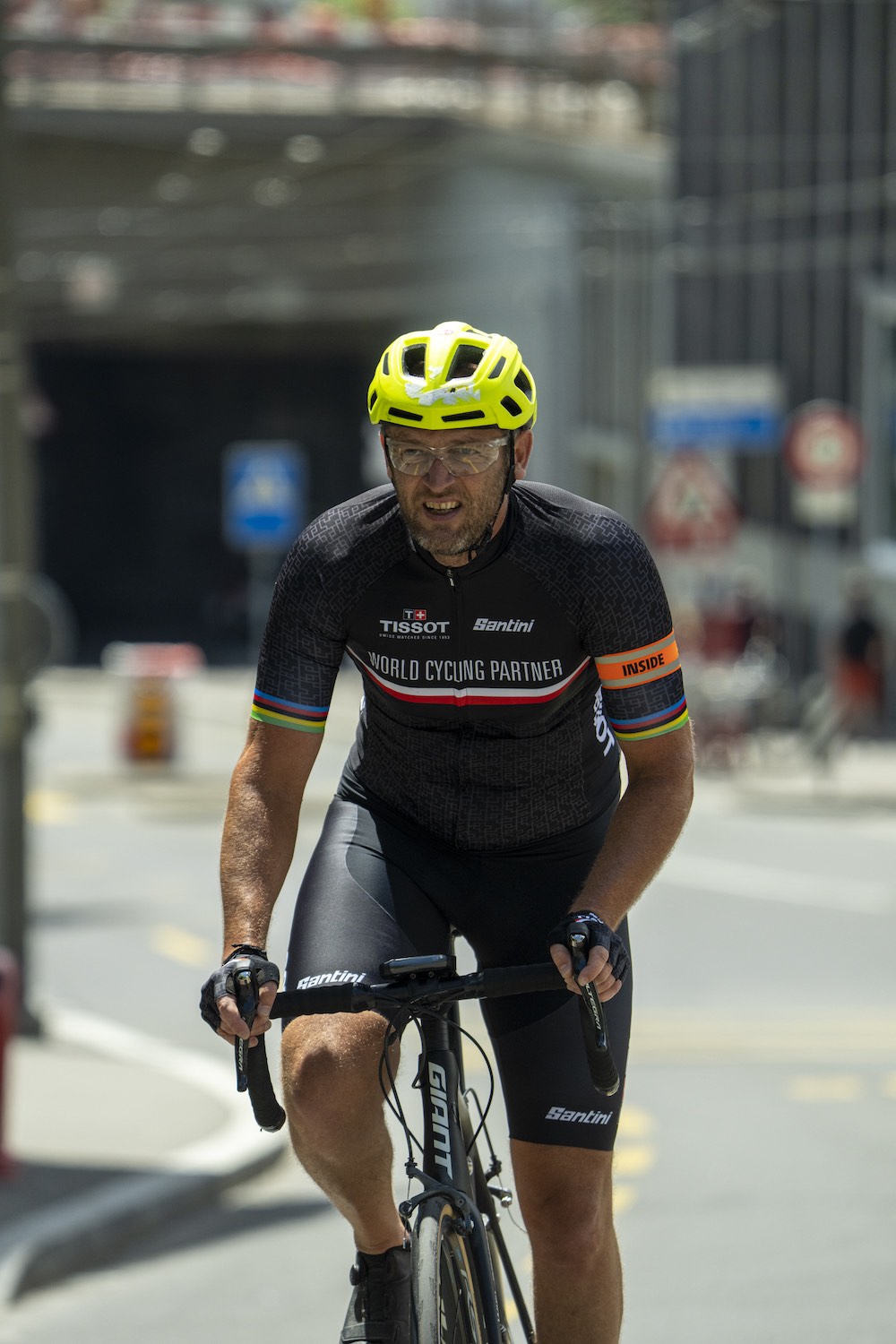
Tissot has been involved in cycling for years, as the global cycling partner of the UCI, and alongside major competitions and athletes such as Primoz Roglic. The brand is responsible for the timekeeping, processing and broadcasting of results for the Tour de France. To guarantee these results, Tissot Timing uses several technological solutions: timing system, finish line cells, photo finish cameras, transponders, computers – and always with at least two of each element for safety reasons… Without the precise dedication of timekeepers, cycling as we know it would be impossible.

At the finish line, the transponder attached to the bicycle enables the rider’s identification and sends a signal to the timing machine located in the control room. This room is equipped with cameras capable of taking 10,000 images per second, representing a 1/10,000th of a second accuracy and that determine the final result. Such precision is needed. Remember that in 2017, it was 6mm and 3/10,000th of a second that separated Marcel Kittel from Edvald Boasson Hagen, in Nuit-Saint-Georges… The official Tour de France jury then validates rankings together with the timekeepers.
For time trial stages, it is only about timekeeping as riders progress over the same course but not at the same time. The rider sets off his time on the start ramp thanks to photocells, then additional measurements are taken at intermediary points and at the finish line thanks to the transponders attached to each rider’s bicycle. The data is processed in real-time and made available to the organisers for broadcasting.
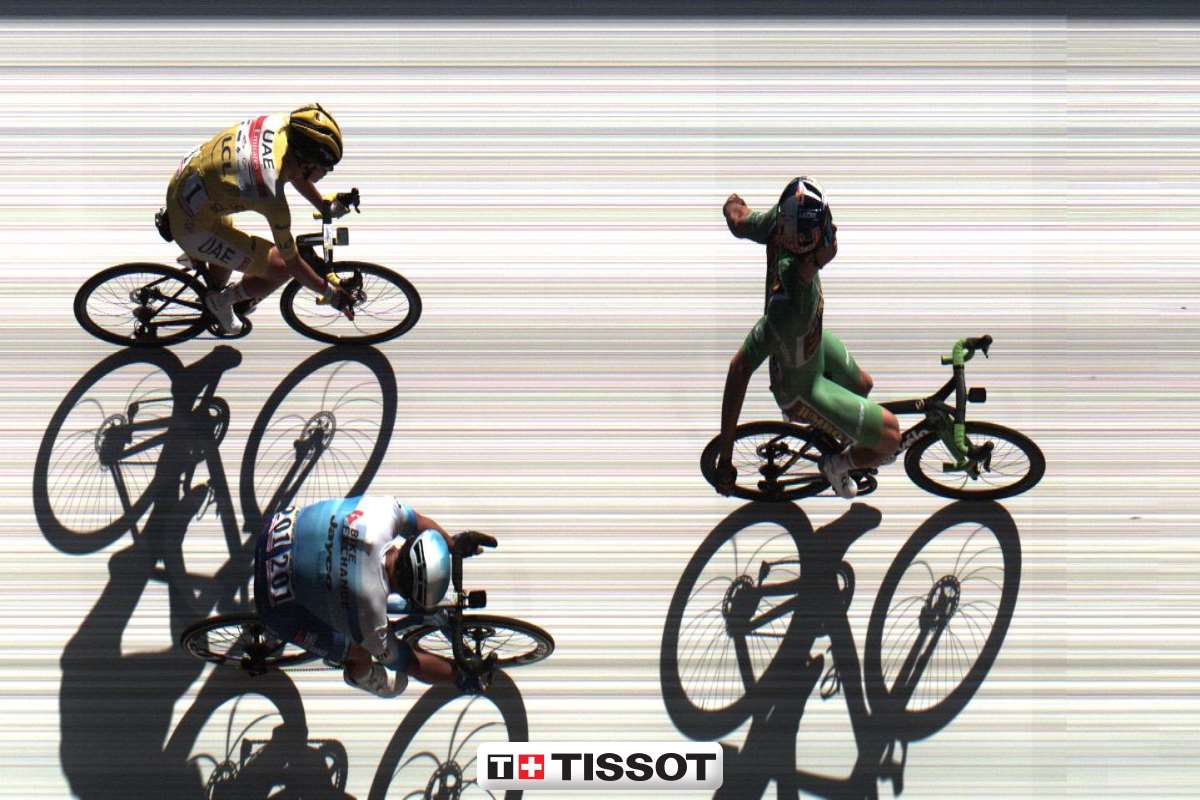
For more information, please visit www.tissot.com and www.tissottiming.com.

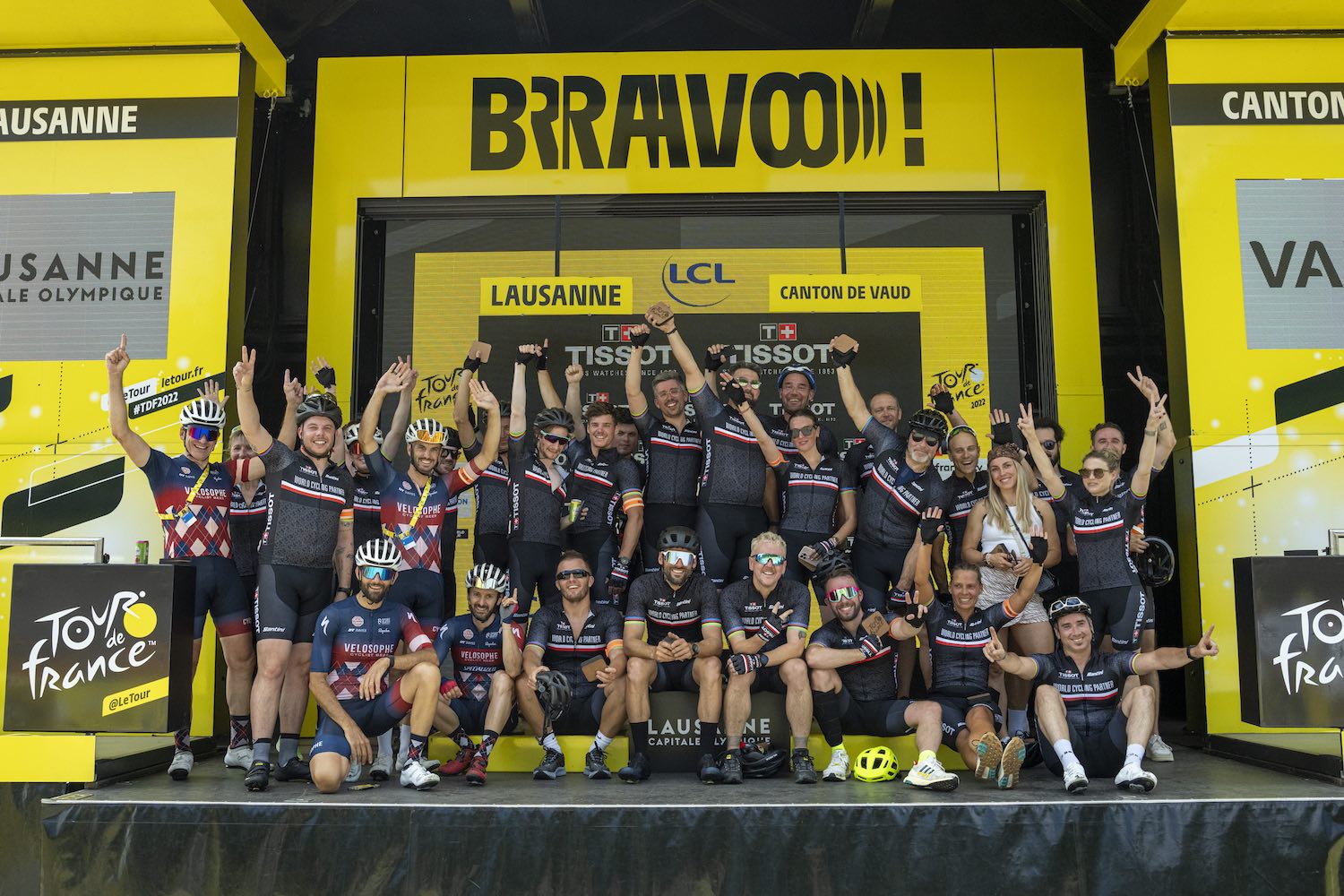
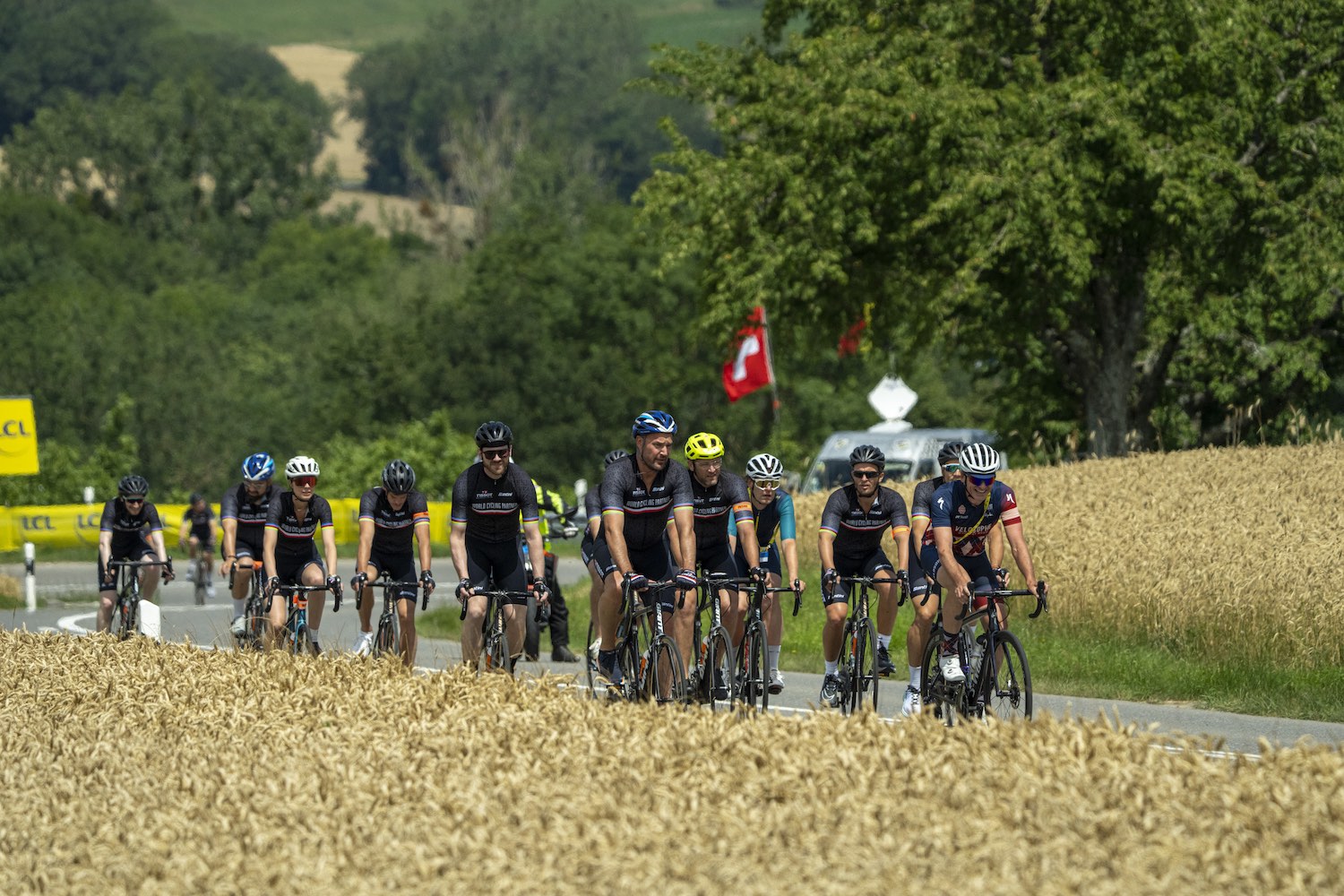
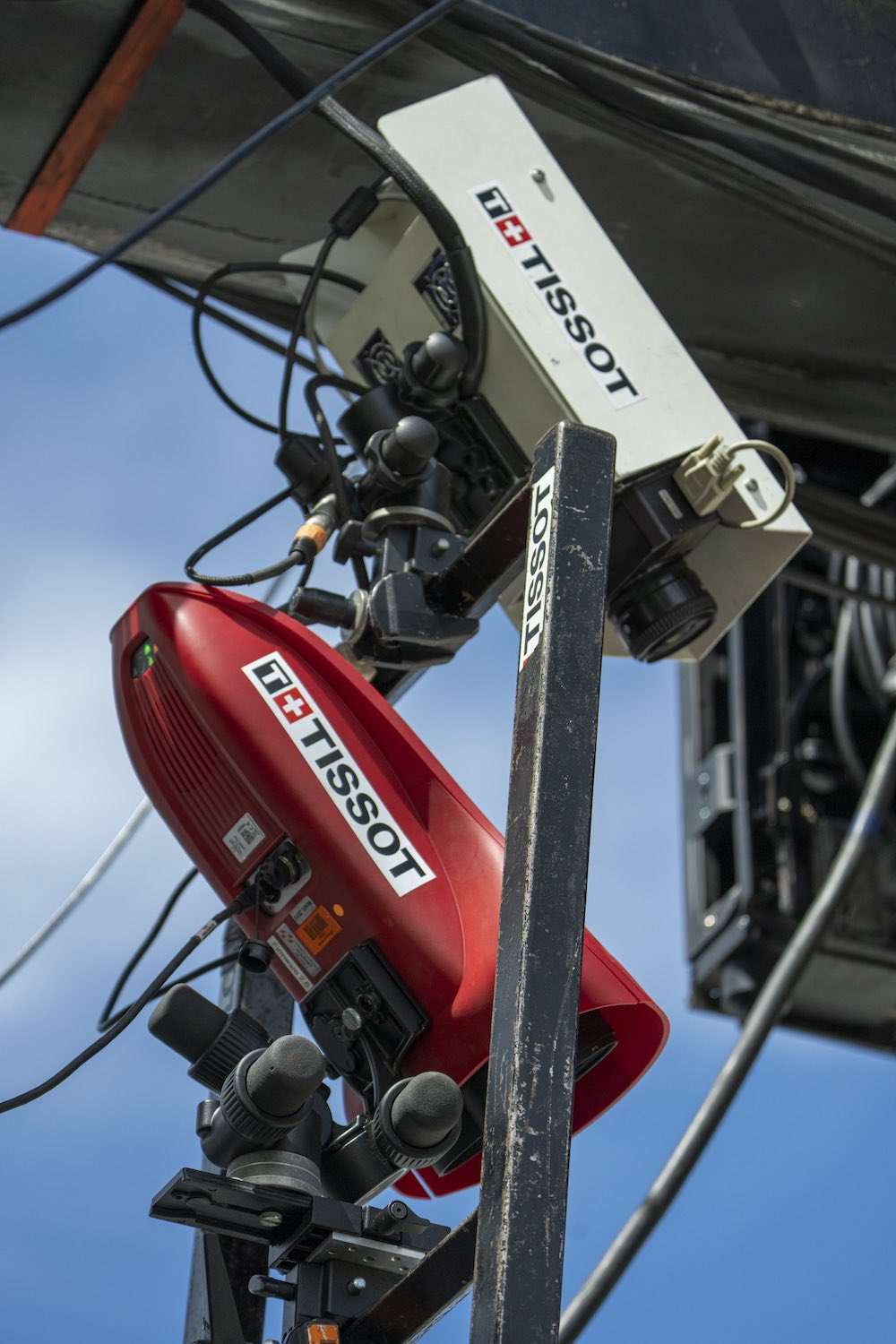
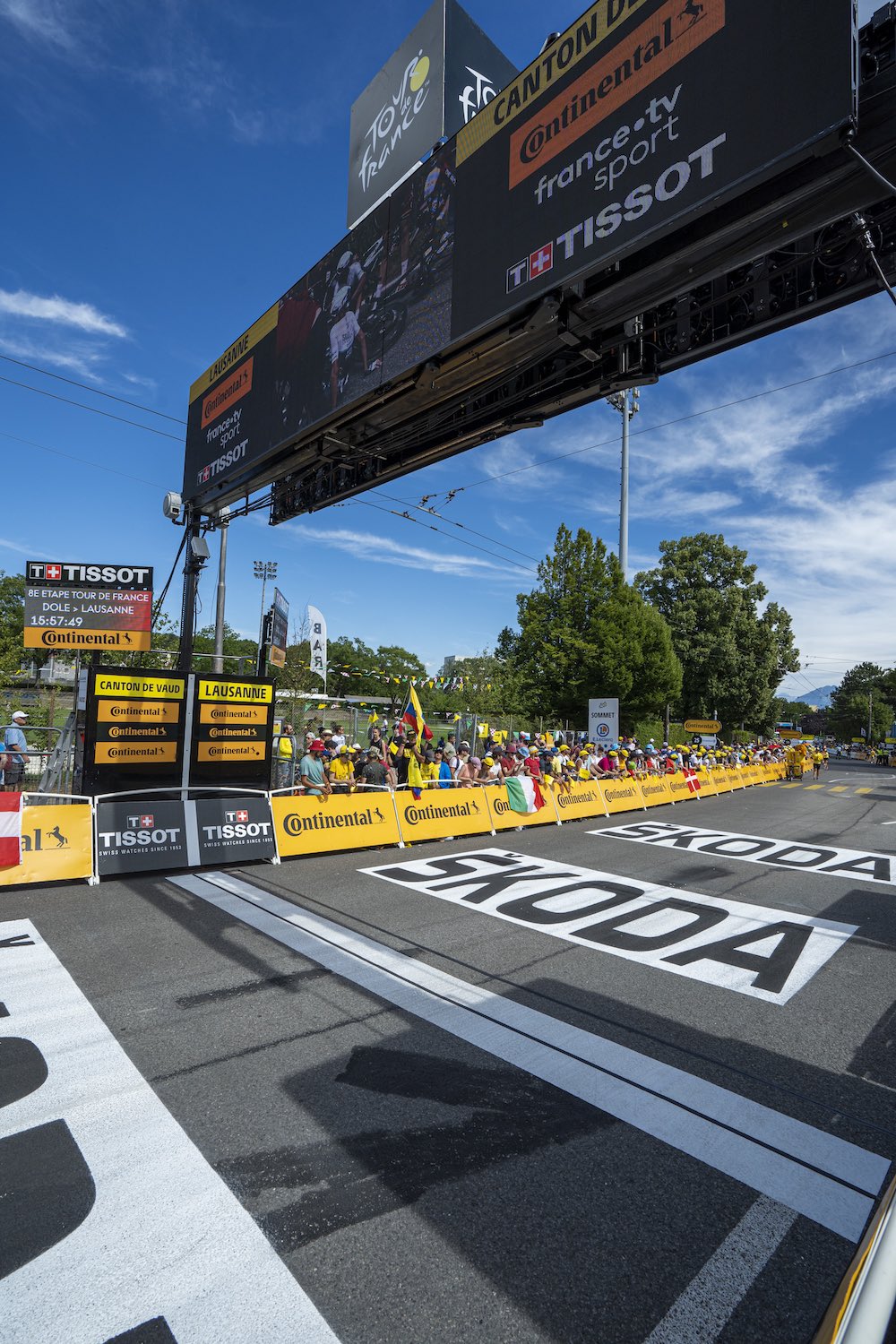
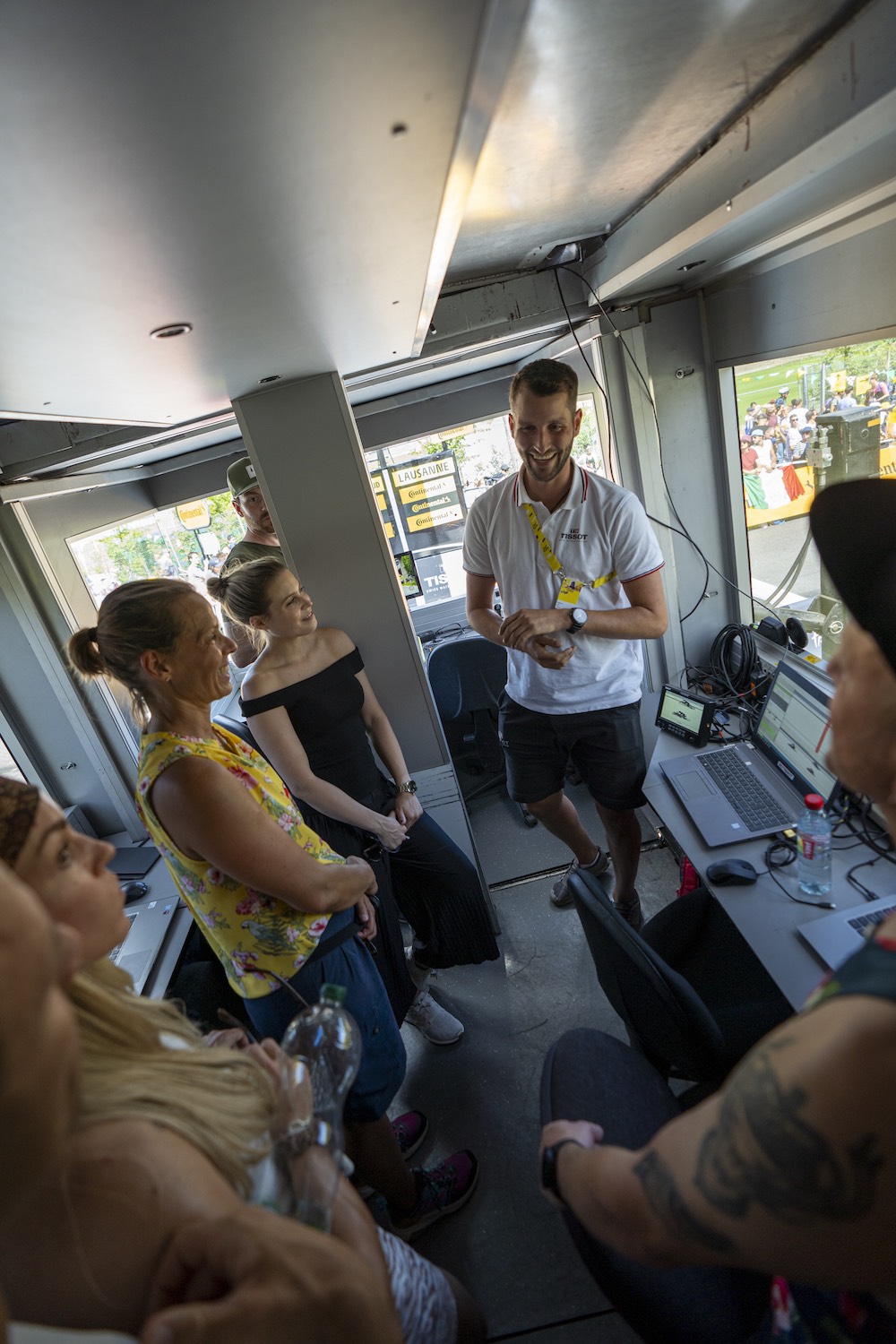
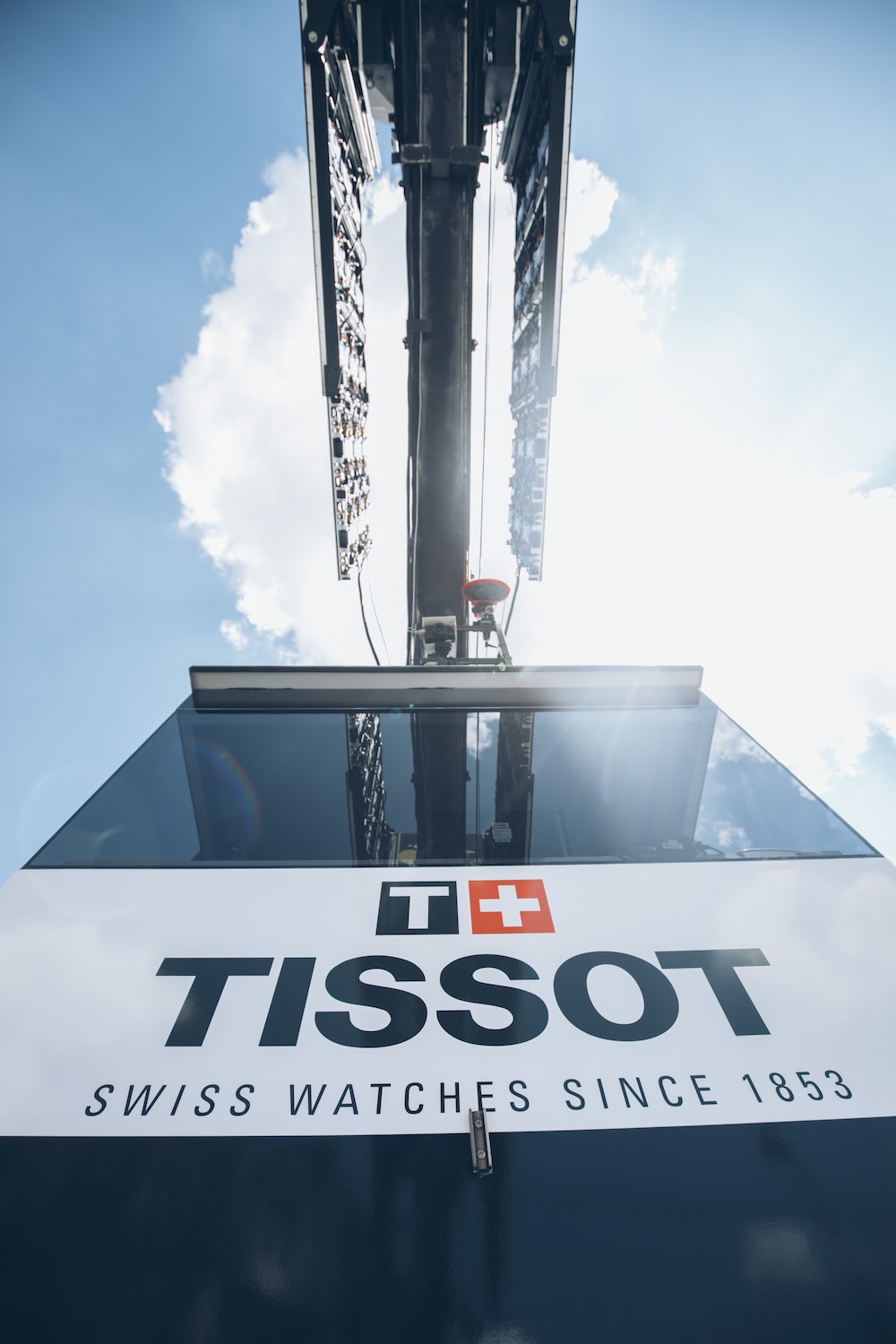



1 response
It’s actually Greg LeMond… Sorry for being the one to point it out.